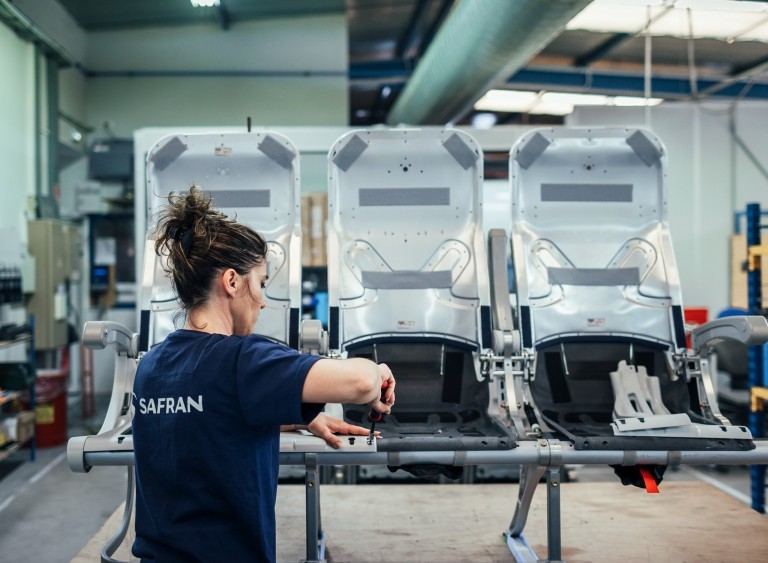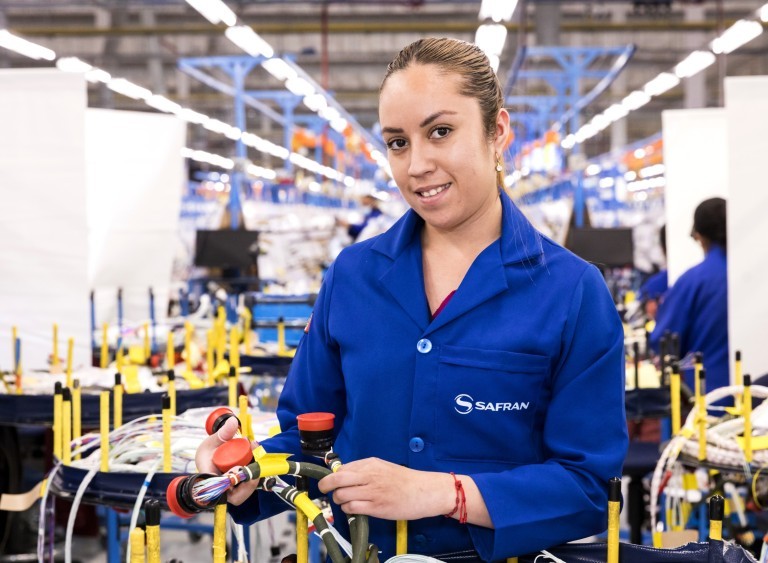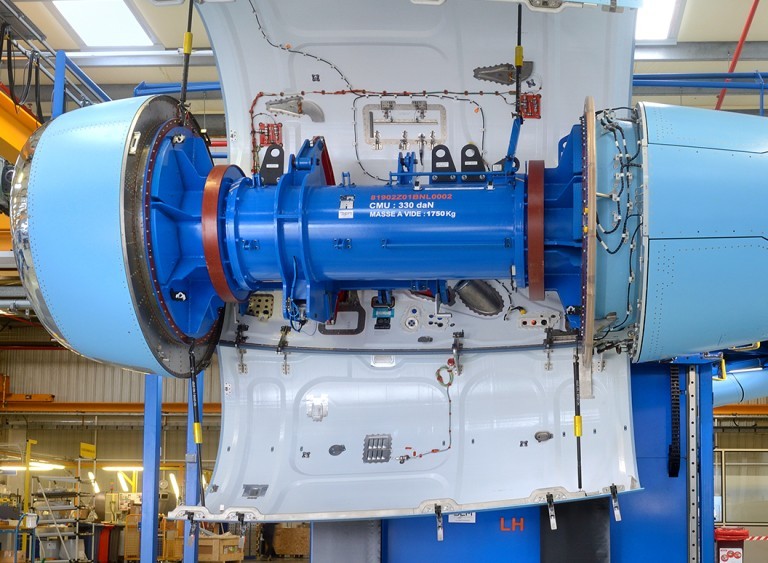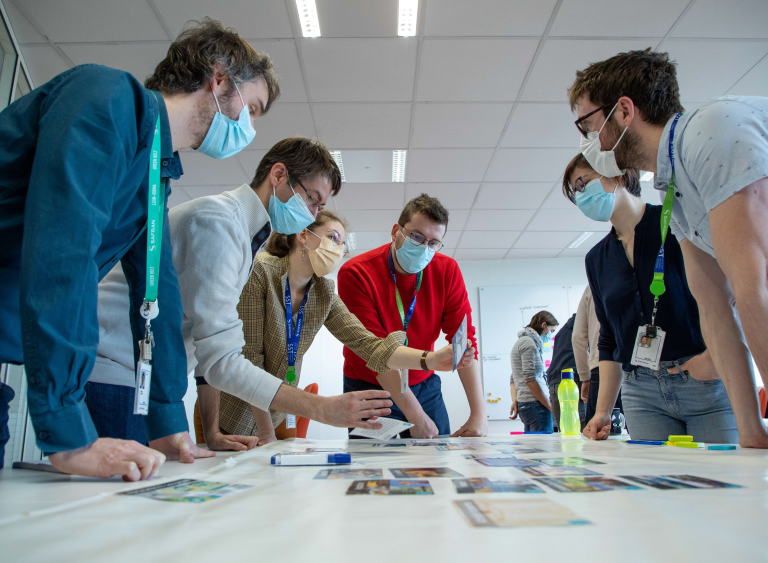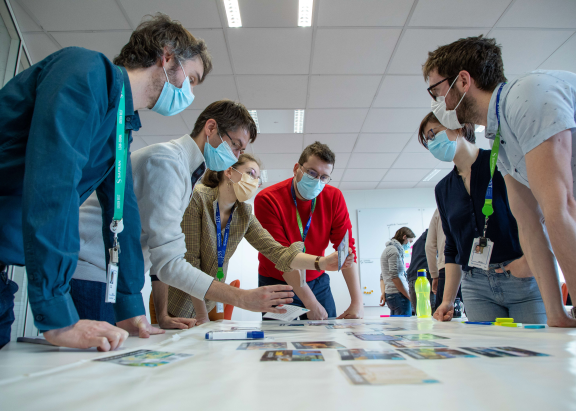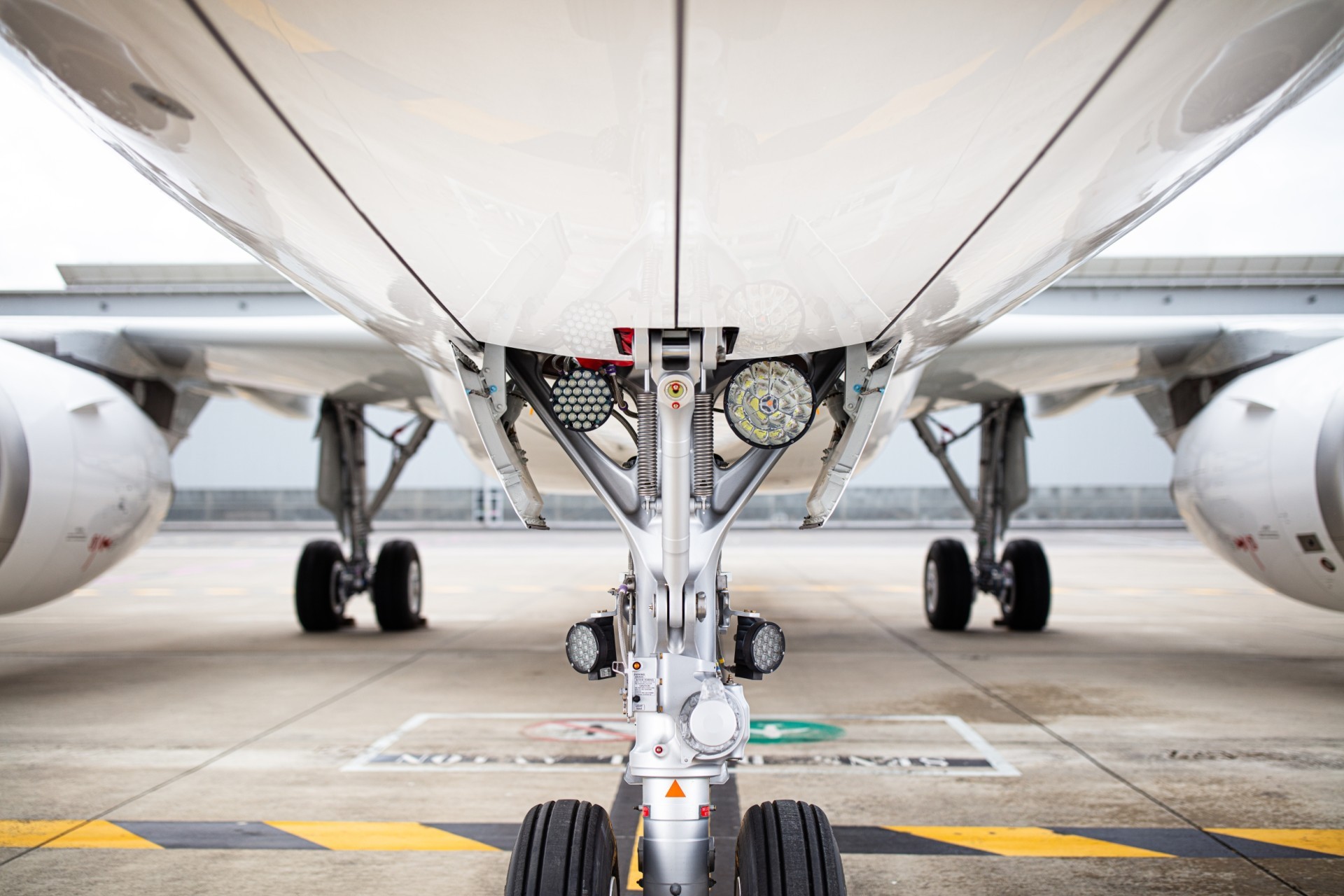
Purchasing strategy: planning ahead to keep pace
The recovery is impacting nearly 200 suppliers across Safran Landing Systems’ different divisions. Its Purchasing division describes the actions undertaken with suppliers to ensure the success of the ramp-up.
- Photo Report
- Radar
- At a glance
- Perspective
ith the global aviation market recovering as we emerge from the pandemic, our planemaker customers are announcing very ambitious production rate increases, especially on the Airbus A320neo, Boeing 737 MAX and Dassault Aviation Rafale. Our ability to guarantee the performance of our supply chain is a key to meeting our commitments. The Purchasing and Supply Chain teams at Safran Landing Systems have therefore launched a specific three-pronged plan: guaranteeing procurement of raw materials, clarifying methods for managing supplier performance and scheduling an audit to make sure they’re capable of handling the higher rates.
Guaranteeing the procurement of raw materials
The recovery in the global economy and post-lockdown mining operations have created bottlenecks, placing the raw materials market under extreme pressure. This trend has been exacerbated by the war in Ukraine, which has created a high degree of uncertainty concerning future access to essential ore. Given these conditions, Safran Landing Systems is acting on three levels to meet its need for steel, aluminum, titanium and carbon fiber – all materials that are critical in the production of landing gear, wheels and brakes.
Firstly, short-term needs are handled earlier, and teams share forecast needs more systematically with all suppliers. At the same time, our teams are looking to secure supplies from material processing providers. Secondly, we’ve reserved production capacity directly with raw materials suppliers to secure sourcing and gain preferred distribution. Thirdly, the company has applied a dual sourcing policy, when possible, to avoid both becoming overly dependent and to mitigate the risk of shortages.
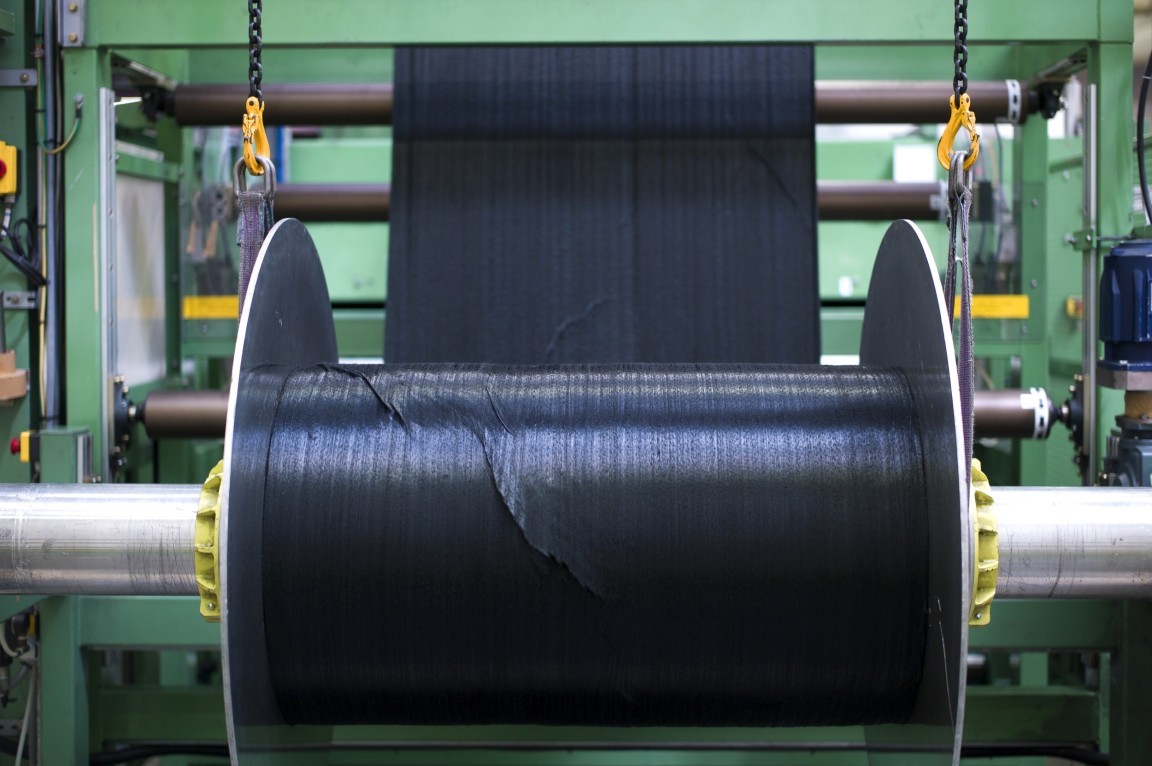
Helping suppliers improve performance
In 2020, working with all divisions in the company, Purchasing launched a project to transform supplier performance management. The main change was reorganizing the job fields at Safran Landing Systems to simplify the organization, facilitate the sharing of best practices and give Purchasing staff a real 360-degree view of all current projects and programs. A new function was created at the same time, the Supplier Performance and Quality Manager (SPQM), tasked with managing supplier certification, monitoring, quality and logistics performance. The key to this effort was a strengthened Buyer-SPQM tandem, the go-to solution for all questions from suppliers. This holistic vision allows Safran Landing Systems to set risk priorities, manage action plans and the associated audits, and provide the help needed by suppliers. In the final analysis, the benefits of this new organization flow through to more consistent action plans with suppliers.
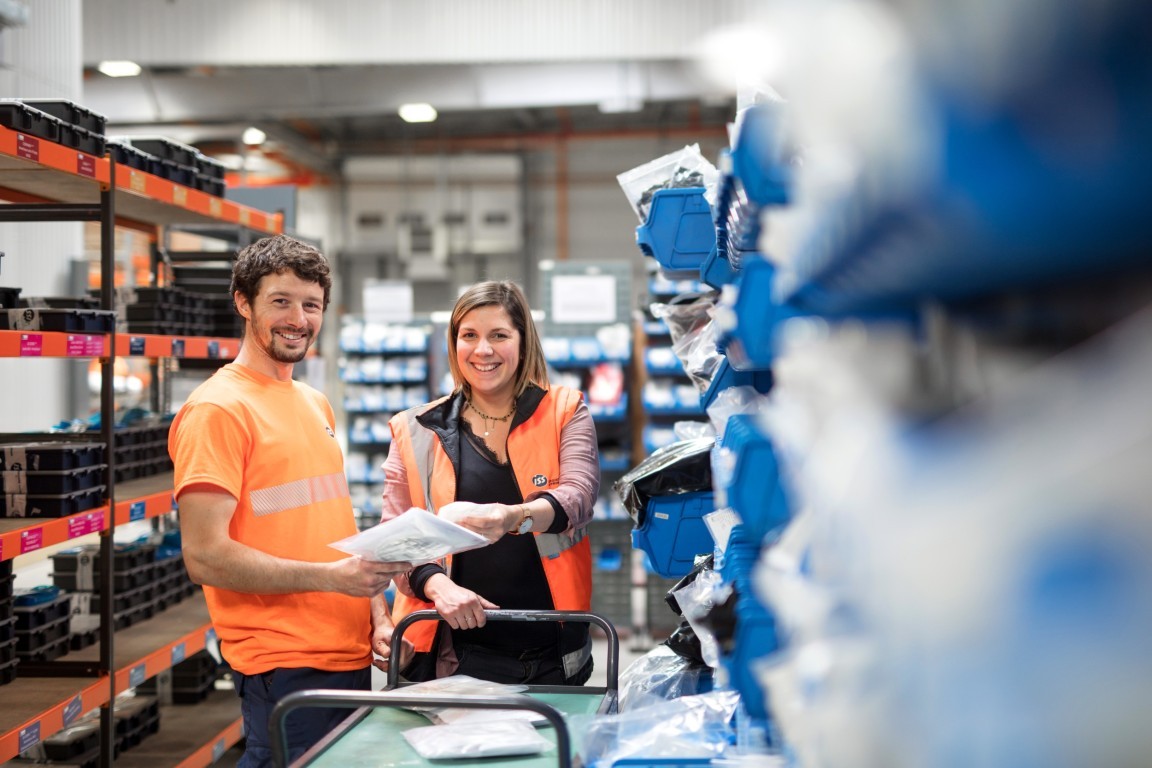
Evaluating the ability of suppliers to handle higher production rates
SLS teams map all risks, based on a self-assessment by suppliers, to make sure that they will be able to handle the higher rates of the ramp-up. Six areas are assessed: employee management, recruiting, economic performance, capital investments and workload. SLS uses these outcomes to determine which suppliers should be analyzed in greater depth. The SPQMs then work with suppliers to define the action plans needed to address their issues and ensure smooth operations. They also help suppliers gain in maturity, in order to further boost procurement security.
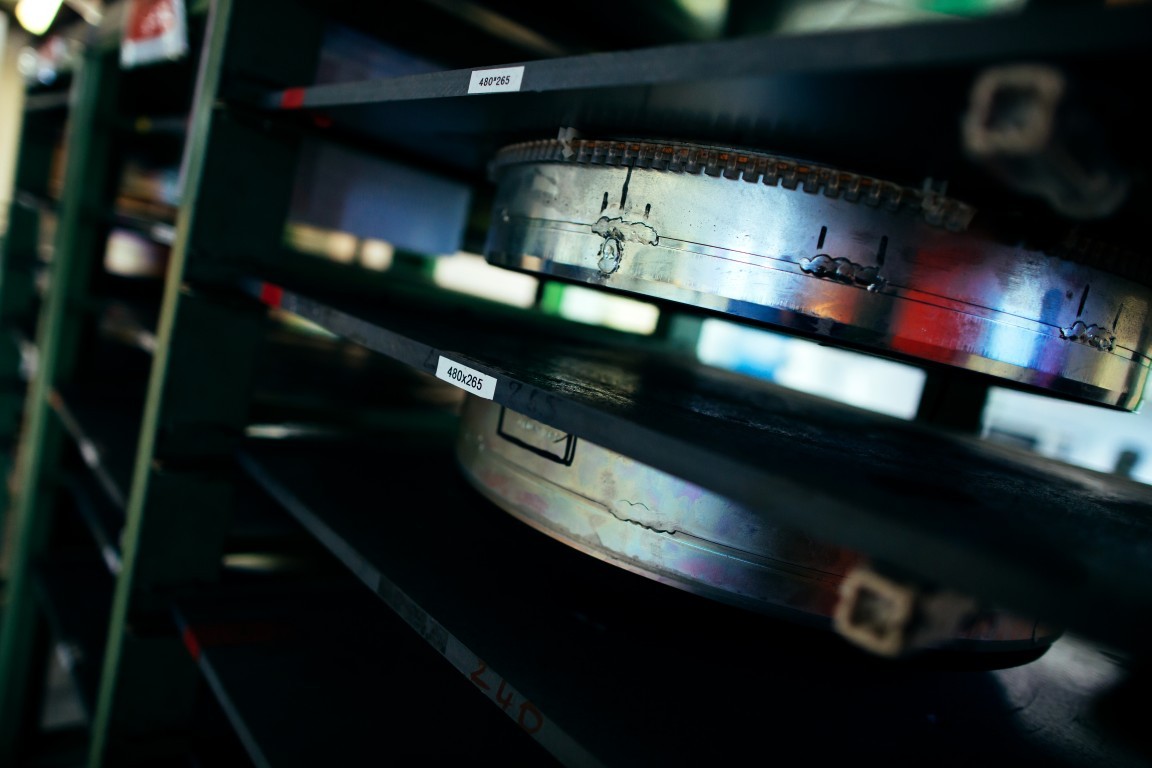
Did you know?
Along with its own low carbon commitments, Safran has a started to encourage a commitment by its 400 main suppliers to reducing their own carbon footprint. The aim is to meet the terms of the Paris Agreement, which would limit the global temperature rise to no more than 1.5°C (compared to pre-industrial levels). Safran Landing Systems is evaluating suppliers’ maturity in this matter, and an annual review of their action plans is set to start in the second half of 2022, covering emissions from both factories and shipping.




